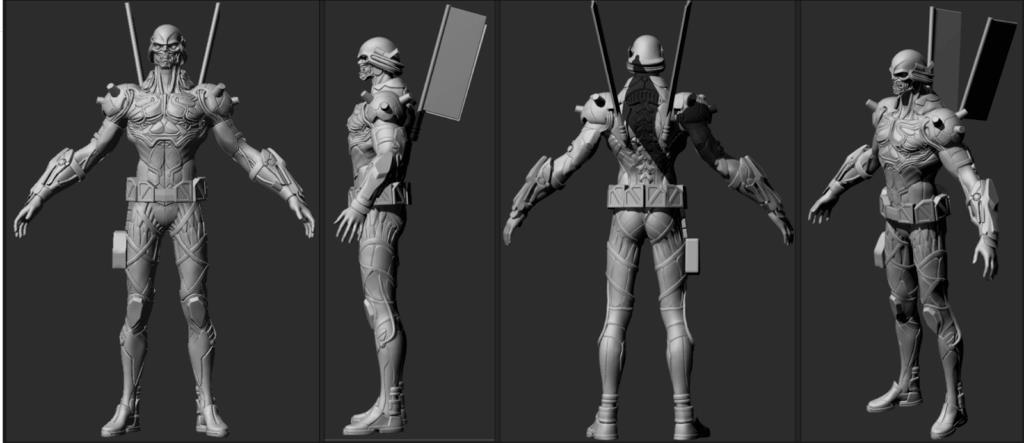
In the dynamic world of game development, character animation holds paramount importance. The sophistication and realism it brings to gaming environments are essential for immersive experiences.
This article presents ten crucial elements of game character animation, ranging from design reference to key framing, rigging, and further meticulous techniques.
Mastering these aspects can help developers create compelling, lifelike characters that enhance gameplay, pushing the boundaries of innovation in the ever-evolving gaming industry.
Understanding the Basics of Character Design
In the realm of game development, particularly in the domain of character animation, understanding the basics of character design is an indispensable prerequisite for creating compelling and realistic animations.
An essential component of this process is grasping character proportions. The dimensions of a character are vital in creating a believable visual embodiment that aligns with the narrative context. Striking the right balance in proportions can significantly enhance the player's immersion.
Equally crucial is the comprehension of color psychology. Colors evoke emotions and can subtly communicate character traits. An astute application of color psychology can transform a flat, two-dimensional figure into a dynamic, relatable entity.
Therefore, a meticulous understanding of character proportions and color psychology is key to innovative character animation.
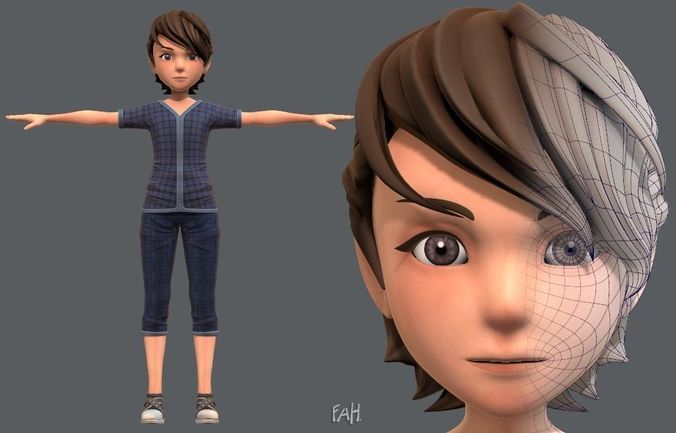
The Importance of Referencing in Game Character Animation
The significance of referencing in game character animation cannot be understated. It serves as a critical tool for enhancing the authenticity and realism of the animated character. Referencing provides the animator with a grounded basis from which to develop movements and behaviors. This, in turn, bridges the gap between fantasy and reality in the animation.
Improving animation realism is one of the key benefits of referencing. By studying and referencing real-life movements and behaviors, animators can create more believable and lifelike characters. Referencing allows them to accurately capture the nuances and subtleties of human or animal motion, resulting in animations that feel natural and convincing to the viewer.
Understanding why referencing is essential is also important. Referencing allows animators to learn from the experts and build upon existing knowledge. By studying the work of skilled animators and referencing their techniques, animators can improve their own skills and push the boundaries of what is possible in character animation. Referencing also helps in avoiding common mistakes or pitfalls by learning from the successes and failures of others.
Referencing: Why Essential
Understanding the significance of referencing in game character animation is fundamental to creating believable, dynamic characters that captivate players. The process begins with character sketching, where references to real-world entities or previously designed characters provide a foundation for ideation.
It allows animators to create unique yet relatable characters, infusing them with compelling attributes and quirks. Utilizing references within animation software can enhance accuracy, maintaining consistency across various character movements and expressions.
The nuanced information provided by references ensures the creation of characters that exude realism and depth, thereby enriching the gaming experience. Therefore, referencing is not merely an optional step in the animation process; it is an essential practice that significantly contributes to the quality and success of game character animation.
Improving Animation Realism
To achieve a high degree of realism in game character animation, you must meticulously draw upon real-world references, and simultaneously, pay close attention to the smallest details of movement and expression.
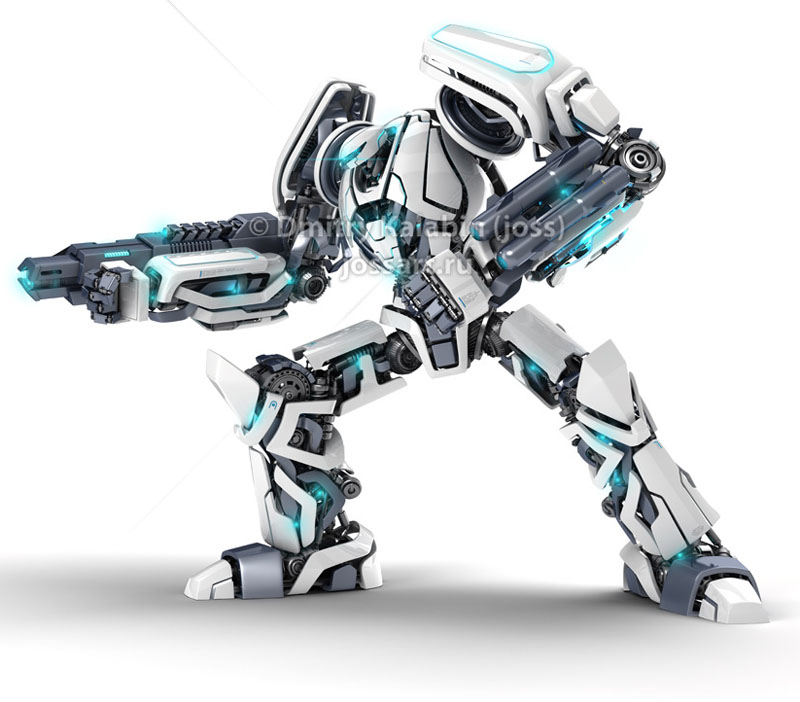
The use of advanced animation software is crucial in this process. It allows animators to implement nuanced idiosyncrasies of movement and emotion into the game characters, making them more realistic and relatable.
Character sketching, too, plays an integral part. It provides the initial blueprint, guiding the subsequent rigging and animation processes.
The Role of Rigging in Character Movement
Rigging, a critical component in character animation, is instrumental in defining the movements and poses of a character. Getting to know the basics of rigging will provide a foundation, however, to achieve realism in character movements, a more nuanced understanding and application of rigging is necessary.
Furthermore, staying abreast with advancements in rigging techniques is crucial for animators to create characters that move in a believable and engaging manner.
Rigging Basics
In the realm of game character animation, establishing the basic structure and movement capabilities of a character, commonly referred to as rigging, plays an instrumental role in animating lifelike motions. Rigging involves creating a skeleton for the 3D model and defining how the model moves with that skeleton. The process is done using rigging software options, each with its unique tools and features.
The rigging process also includes weight painting fundamentals, which involves assigning the influence of each bone to the corresponding parts of the model. With proper weight painting, the character's movements appear more realistic as each part of the model moves at a different pace.
Rigging, therefore, provides the necessary control to animate characters with precision and realism.
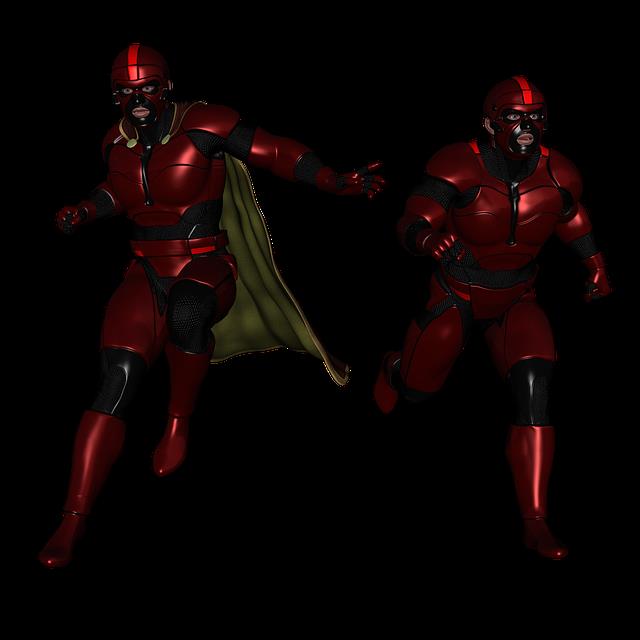
Rigging for Realism
While rigging forms the basic structure of a character's movement, it is through advanced techniques that animators can achieve a heightened level of realism and fluidity in character animations. Rigging software selection is crucial in this regard.
Modern software provides sophisticated tools that allow for intricate control over the character's skeletal structure, enabling subtle movements and expressions that mimic real-world physics. This technical prowess opens doors for rigging related careers, as the demand for highly skilled riggers continues to grow in gaming, film, and animation industries.
Detail-oriented professionals who understand the intricate interplay between physics, anatomy, and digital design are essential to bring characters to life. Rigging for realism, therefore, is not just a technique, but an art form in itself.
Rigging Techniques Advancements
Over the last few decades, numerous advancements in rigging techniques have significantly enhanced the believability and fluidity of character movement in game animation. These advancements, largely fueled by the evolution in rigging software options, have brought about a paradigm shift in gaming.
Improved software options: A multitude of rigging software options now exist, each with their unique advantages, enabling animators to create more realistic movements.
Real-time rigging advancements: Real-time rigging allows for immediate feedback, enabling animators to adjust and perfect movements on the fly.
Automated rigging techniques: These have significantly reduced the manual workload, creating efficiencies in the animation process.
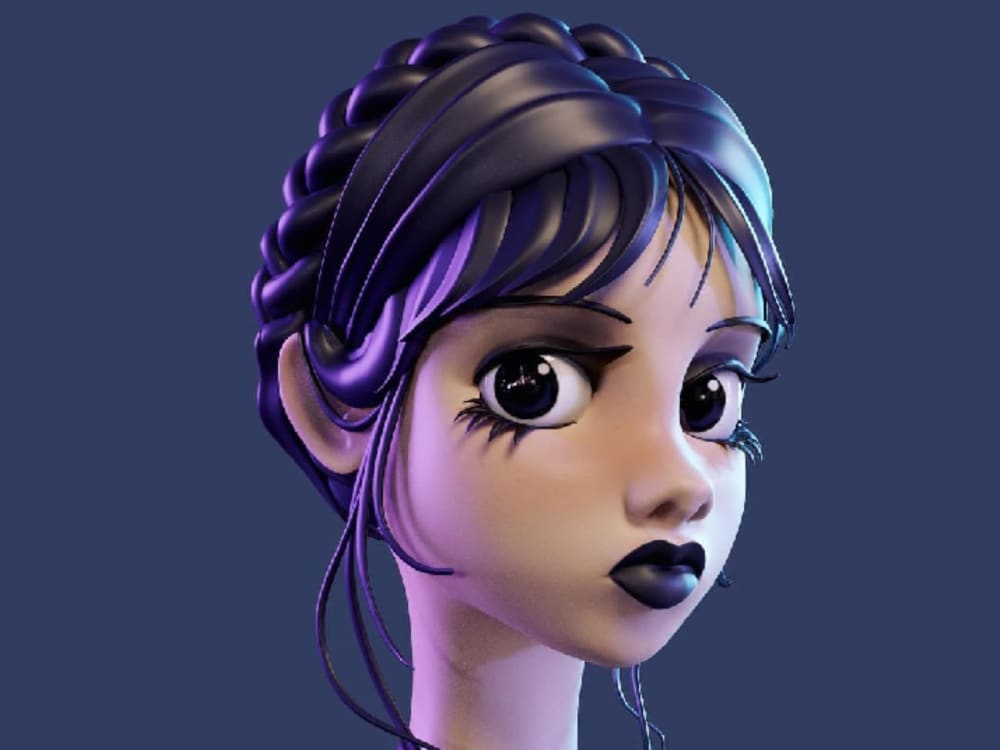
These advancements embody the innovative spirit of the gaming industry, proving that the quest for perfect game character animation is indeed a journey of constant exploration and advancement.
Mastering the Art of Key Framing
Mastering the art of key framing, an essential aspect of character animation, requires a keen understanding of the twelve basic principles of animation.
Frame interpolation, a critical process in this art, involves creating intermediate frames between two images to give the illusion of motion. This process, combined with a comprehensive understanding of animation physics, ensures the creation of fluid movement within the virtual world.
Key framing the right poses at the right timing is crucial for establishing the character's personality and emotional state. Innovatively using key frames can lead to dynamic, expressive animations that captivate the audience.
Therefore, mastering this art pushes the boundaries of character animation, enabling the creation of believable, engaging characters.
Exploring the Principles of Animation in Gaming
The principles of animation are crucial to creating immersive and engaging gaming experiences.
Beginning with the basics, we will examine how timing and motion impact the fluidity and realism of character movement.
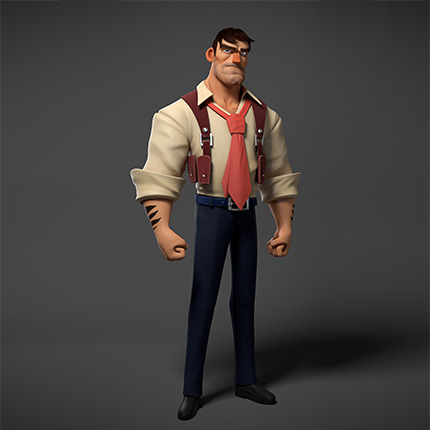
Subsequently, we shall discuss how character personality can be effectively expressed through animation, adding depth and relatability to the game characters.
Animation Principles Basics
Delving into the realm of gaming, it becomes essential to understand the basic principles of animation that breathe life into the characters and the virtual world they inhabit. The power of animation software coupled with innovative storytelling techniques creates immersive experiences that captivate audiences.
Squash and Stretch: This principle gives a sense of weight and flexibility to objects, enhancing their realism.
Anticipation: This prepares the viewer for an action, making the animation more believable.
Staging: This involves presenting an idea so that it is unmistakably clear. It could be an action, an emotion, a personality trait or a mood.
These principles, while basic, are foundational to creating effective and impactful gaming animations. Their mastery can truly elevate the gaming experience.
Timing and Motion
Both timing and motion are integral components of animation. Without these two key elements, even the most well-designed characters can appear unnatural and unconvincing.
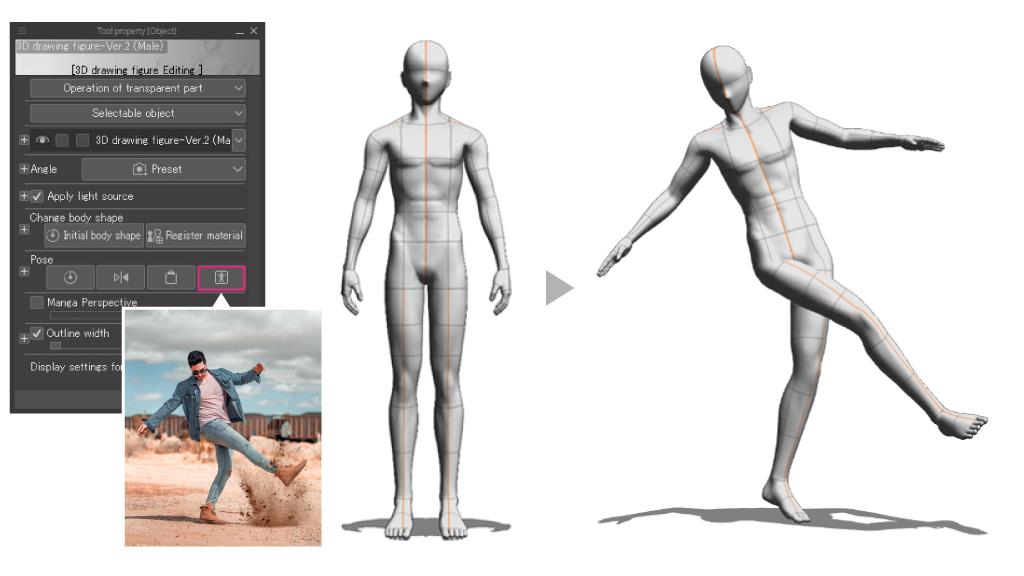
The innovation in timing and motion can be seen in techniques such as motion interpolation and animation looping. Motion interpolation involves the creation of intermediate frames between two images to create the illusion of motion. This technique can provide smoother, more realistic movements.
Animation looping, on the other hand, allows for the repetition of actions. This helps conserve resources and time. However, mastering these techniques requires a deep understanding of how real-world physics and movement work.
Mastery of these principles is essential in creating animations that resonate with players and contribute to a more immersive gaming experience.
Character Personality Expression
Few aspects of character animation are as crucial as personality expression, and the principles of animation in gaming offer a myriad of opportunities to bring these expressions to life. When considering the implementation of character traits and emotional dynamics, several key factors come to the fore:
Consistency: Maintaining consistency in a character's behavior aligns with the player's expectations and enhances immersion.
Range: A wide range of emotions broadens the character's relatability, making them more lifelike and engaging.
Timing: Proper timing in revealing these traits adds depth to the character, making their reactions more believable.
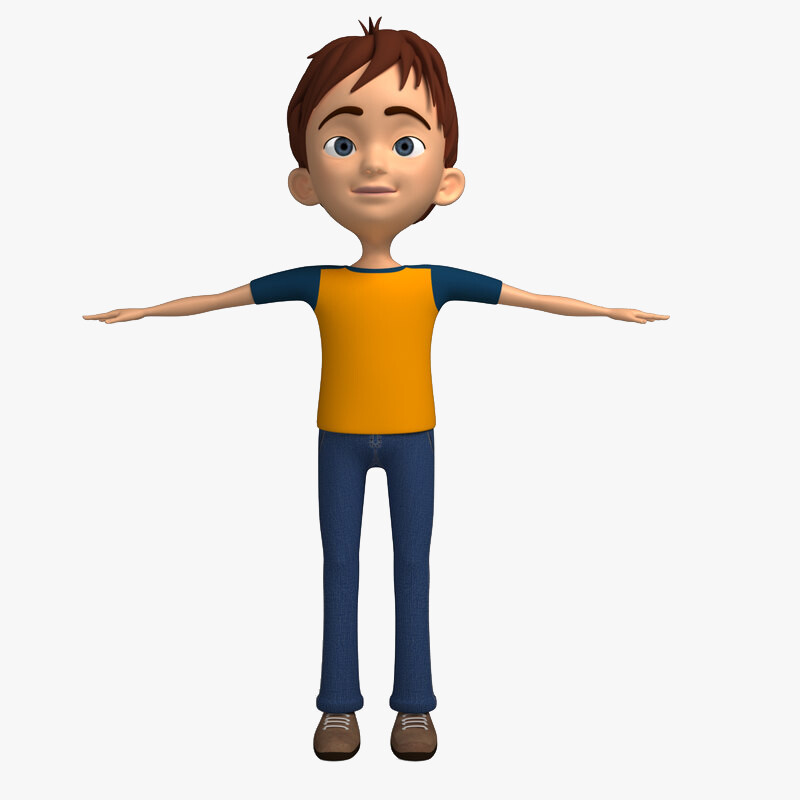
Such detailed attention to character personality expression is instrumental in creating captivating and authentic experiences in gaming. It's the subtle nuances that often leave a lasting impact on the player, offering a more immersive and compelling gameplay experience.
The Power of Expressive Facial Animation
During the process of character animation, the power of expressive facial animation becomes evident, significantly impacting the overall audience perception and engagement. Emotion portrayal, an essential component, requires an intense understanding of micro-expressions, the subtleties of the human face, and the dynamics of emotion.
Special attention to the eyes, mouth, and eyebrows can imbue your character with a depth of feeling that words alone can't achieve. Lip-synching techniques, on the other hand, are vital to creating an illusion of speech, ensuring that the character's mouth moves convincingly with the spoken dialogue.
By meticulously crafting these elements, animators can breathe life into their characters, giving them a genuine and authentic personality that resonates with the audience.
These are the essential pillars of expressive facial animation, the true testament of expert character animation.
Techniques for Realistic Character Motion
While expressive facial animation is crucial for emotional depth, ensuring realistic character motion through various techniques is just as integral to the credibility and authenticity of game character animation. These techniques can significantly elevate the immersive experience, creating a believable virtual environment.
Motion Capture: This technology enables the tracking and recording of human movement, which is then translated into digital models. It's an innovative way to achieve lifelike character motion.
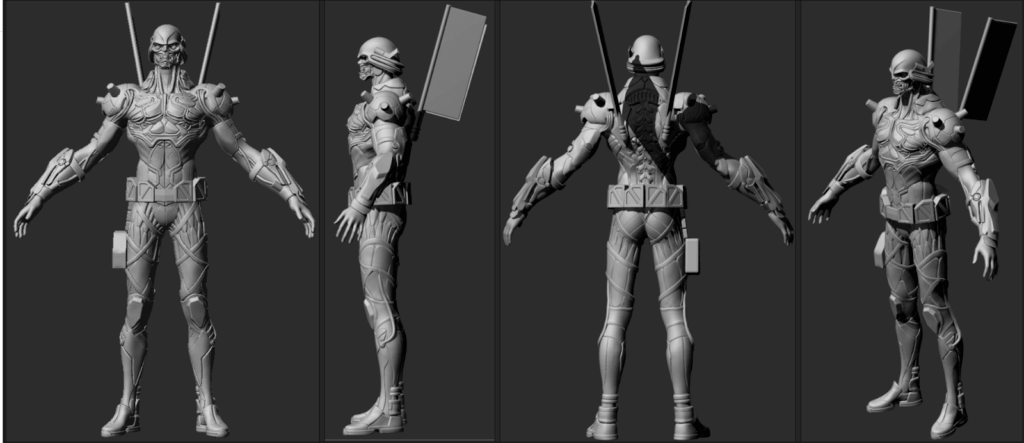
Character Physics: This involves the application of real-world physics to animated characters. Combining it with motion capture can result in highly realistic animations.
Procedural Animation: This technique generates movement based on algorithms, allowing for unique and unexpected motions.
Leveraging these methods can ensure the seamless integration of character movements, providing a comprehensive and captivating gaming experience.
Dealing With Challenges in Character Animation
In the realm of game character animation, mastering the art of movement and expression is a rewarding pursuit, but it is not without its unique set of challenges and complexities.
Among these is the issue of animation constraints, which involve the limitations in the movement and behaviors of a character that are imposed by the game's design, rules, and the capabilities of the animation software. These constraints can significantly impact the animator's creative freedom and ability to create realistic character movements.
Another common challenge is character synchronization, especially in games with multiple characters. This requires ensuring consistency in the animation of different characters, which can be particularly complex in scenes involving interactions between characters.
Overcoming these challenges requires a comprehensive understanding of the software, meticulous attention to detail, and innovative problem-solving.
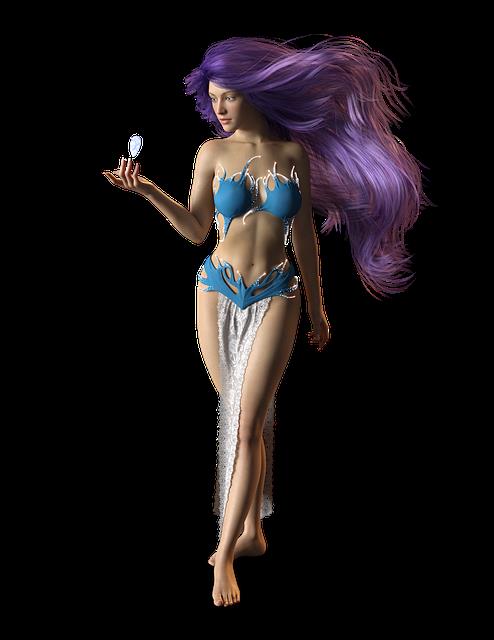
The Impact of Lighting and Shading on Animation
The role of lighting and shading in animation cannot be understated, as they are essential elements that contribute significantly to the overall visual impact and realism of game character animation.
Lighting psychology: This is the strategic use of light to evoke specific emotions or reactions from the audience. For instance, darker shades can create a sense of mystery or danger, while bright lights can depict happiness or safety.
Shading textures: Shading adds depth to the characters, making them appear more three-dimensional and realistic. It's also vital in highlighting the texture of different materials, from the gloss of metal to the roughness of stone.
Innovative techniques in lighting and shading: These can significantly enhance the animation, offering novel visual experiences and pushing the boundaries of what's possible in the gaming world.
Continuous Learning and Improvement in Game Animation
Before diving into the technical aspects of game animation, it's crucial to understand that continuous learning and improvement are the bedrock of success in this field, and this rings true whether you're a novice or an industry veteran.
One must consistently engage in animation software exploration, as new tools and techniques are constantly evolving, offering innovative ways to bring game characters to life.
The scope of learning must also extend to mastering the art of storytelling through animation. A well-animated character can tell a story, evoke emotions, and engage players. However, achieving this requires an ongoing commitment to honing your skills and staying abreast of the latest trends and advancements in game animation.

Never stop learning, keep pushing the boundaries, and strive to elevate your animation skills to new heights.
Frequently Asked Questions
What Software Is Best for Beginners in Game Character Animation?
For beginners exploring game character animation, Blender offers an intuitive interface that addresses common challenges. Its comprehensive suite of tools and active community make it an excellent starting point for software exploration.
How Long Does It Typically Take to Animate a Character for a Game?
The animation duration for a game character can vary greatly, typically ranging from a few weeks to several months. This timeframe depends on factors like character complexity and the animator's level of experience and expertise.
What Skills Are Required to Create Game Character Animations?
Creating game character animations requires proficiency in animation software, a well-developed animation portfolio, understanding of motion capture techniques, and strong skills in design, rigging, and key framing, fostering innovative and dynamic character interactions.
Can You Explain the Difference Between 2D and 3D Game Character Animation?
2D animation involves movement in two dimensions, utilizing traditional animation techniques. In contrast, 3D animation creates depth and realism, reflecting the evolution of animation via digitally modeled and manipulated characters in three-dimensional space.
How Much Does It Cost to Produce Game Character Animations?
The cost of producing game character animations varies widely, influenced by factors such as animation complexity and whether you're outsourcing animation. Prices can range from hundreds to thousands of dollars per minute.
 Digital Art InstructionDIY Infographics DesignMobile Game ArtworkPersonalized Logo Design3D AnimationeBook Covers DesignPrivacy PolicyTerms And Conditions
Digital Art InstructionDIY Infographics DesignMobile Game ArtworkPersonalized Logo Design3D AnimationeBook Covers DesignPrivacy PolicyTerms And Conditions
